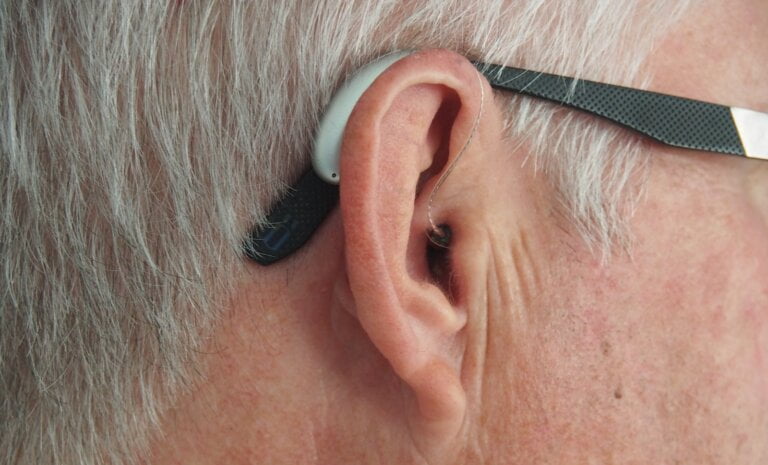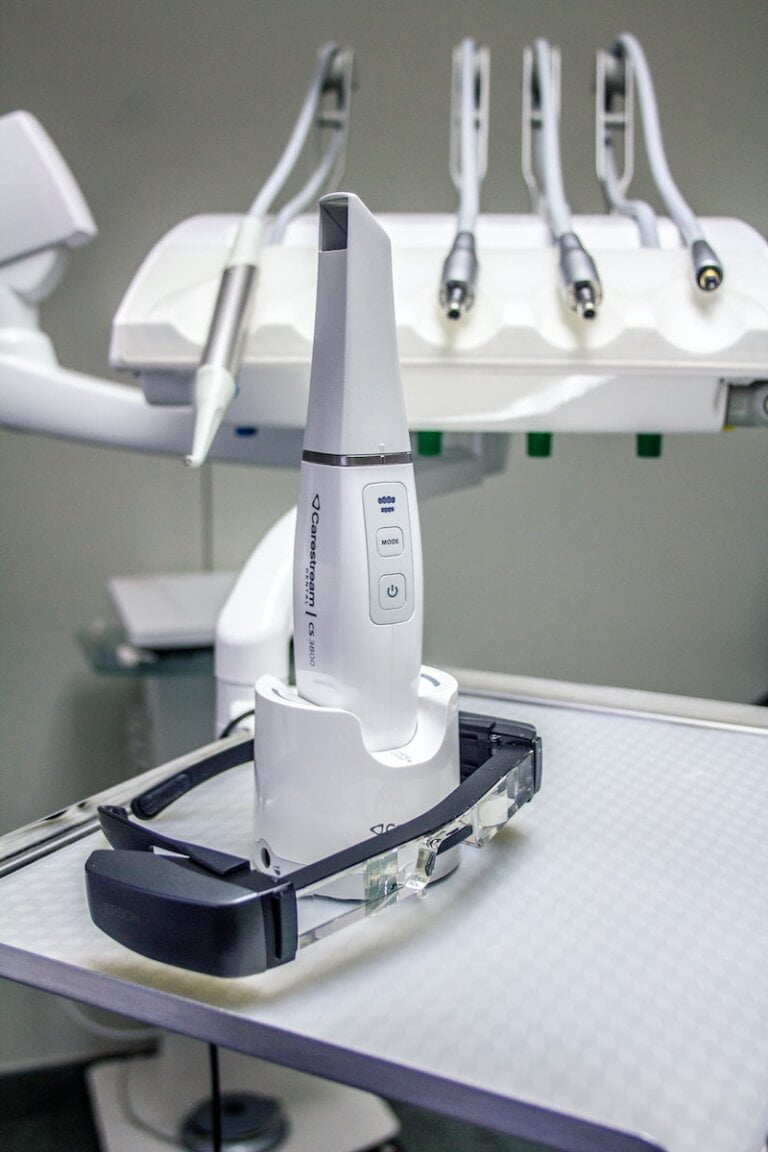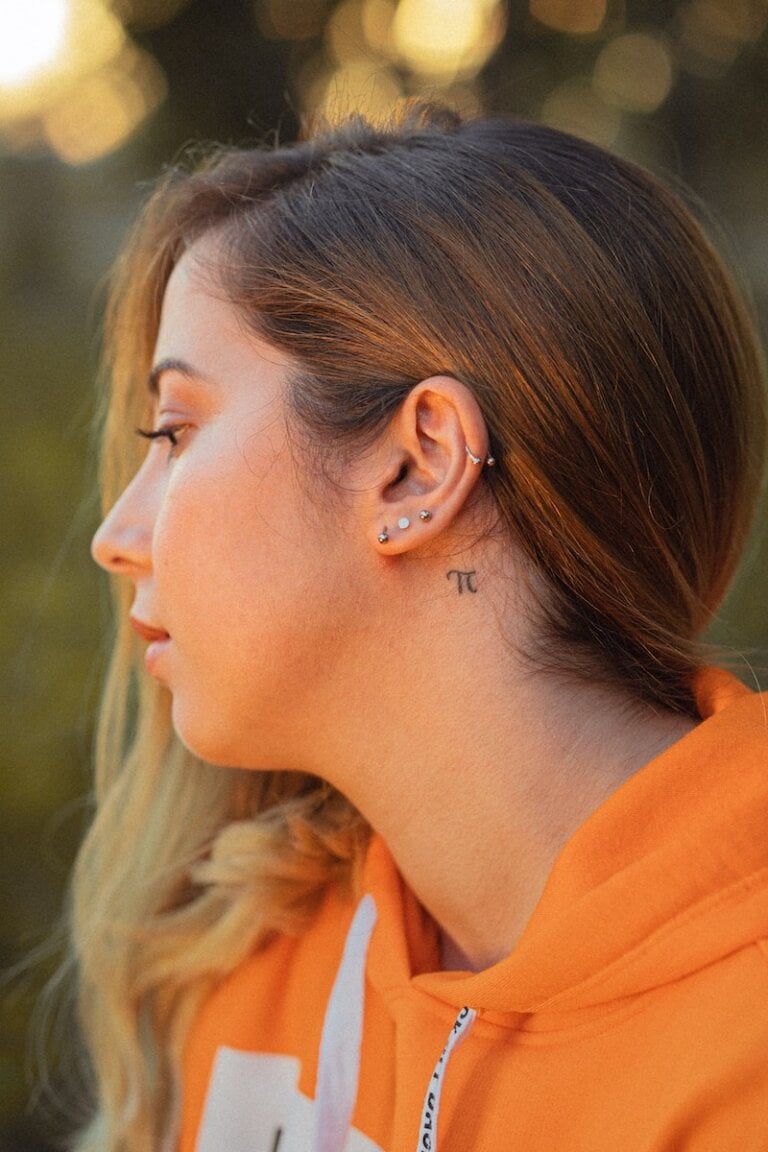Sound Safety: Tips for Preserving Your Hearing with Hearing Protection
Last Updated on 25th April 2024 by Admin
Exposure to loud noises can have detrimental effects on our hearing health. Whether it’s due to everyday activities like using power tools, attending concerts, or working in noisy environments, it is crucial to protect our hearing to prevent long-term damage. In this article, we will explore effective tips and strategies for preserving our hearing through the use of hearing protection.
Why is Hearing Protection Important?
The human ear is a delicate organ that can be easily damaged by excessive noise exposure. Prolonged exposure to loud sounds can lead to permanent hearing loss, tinnitus (ringing in the ears), and other hearing-related issues. By using proper hearing protection, we can significantly reduce the risk of these problems and maintain good hearing health throughout our lives.
Understanding Hearing Protection
Hearing protection devices are designed to reduce the intensity of sound entering the ear. There are various types of hearing protection available, each offering different levels of noise reduction. Let’s explore some of the most common options:
- Earplugs: Earplugs are small inserts that fit into the ear canal, creating a barrier that blocks or reduces noise. They are typically made from foam, silicone, or wax and come in different sizes to ensure a comfortable fit.
- Foam earplugs are affordable and easily disposable, making them a popular choice for individuals who need temporary hearing protection. They expand to fit the shape of the ear canal, effectively blocking out noise.
- Silicone earplugs are reusable and provide a more customized fit. They are often moldable, allowing users to shape them to fit their ear canal perfectly.
- Wax earplugs are another reusable option that molds to the shape of the ear canal. They are known for their excellent noise reduction properties.
- Earmuffs: Earmuffs consist of two ear cups connected by a headband. When worn, the ear cups cover the entire ear, providing a physical barrier against noise. Earmuffs are known for their effectiveness in reducing noise levels.
- Earmuffs are easy to use and are suitable for individuals who may have difficulty inserting earplugs properly. They provide a consistent level of protection and can be adjusted to fit different head sizes.
- Some earmuffs come with additional features such as built-in communication systems or Bluetooth connectivity, allowing users to listen to music or communicate with others while still protecting their hearing.
- Custom Hearing Protection: For individuals requiring specialized hearing protection, custom-made options are available. These are created by taking impressions of the ear to ensure a perfect fit and maximum noise reduction.
- Custom hearing protection devices are often used in industries where workers are exposed to high noise levels on a regular basis, such as construction or manufacturing. They provide the highest level of comfort and noise reduction, as they are specifically tailored to the individual’s ear shape.
- Custom hearing protection can be made from materials such as silicone or acrylic, depending on the user’s preferences and needs.
Selecting the Right Hearing Protection
Choosing the appropriate hearing protection is essential to ensure effective noise reduction and comfort. The following factors should be considered when selecting the right hearing protection:
- Noise Reduction Rating (NRR): The NRR is a measure of how much a hearing protector can reduce noise in decibels (dB). The higher the NRR, the greater the noise reduction. Select a hearing protector with an NRR suitable for your specific needs.
- It’s important to note that the NRR is a laboratory rating and may not always reflect real-world noise reduction. It is advisable to choose a hearing protector with a higher NRR to ensure sufficient protection.
- Keep in mind that different activities may require different levels of noise reduction. For example, shooting firearms may require a higher NRR compared to attending a concert.
- Comfort and Fit: Hearing protection should fit snugly and comfortably in the ear or over the ears. Poorly fitting hearing protection can reduce effectiveness and cause discomfort or irritation. Ensure that the chosen option provides a secure fit without compromising comfort.
- When selecting earplugs, consider the size and shape of your ear canal. It’s essential to choose earplugs that fit properly to achieve the desired noise reduction.
- Earmuffs should be adjustable to fit different head sizes. Look for earmuffs with cushioned ear cups to enhance comfort during prolonged use.
- Activity Type: Consider the type of activity you will be engaging in when selecting hearing protection. For example, musicians may prefer specialized earplugs designed to attenuate harmful frequencies while maintaining sound quality, whereas construction workers may opt for earmuffs with higher NRR.
- Musicians and concert-goers may benefit from high-fidelity earplugs, which are designed to reduce noise while preserving the clarity of music. These earplugs often have acoustic filters that attenuate damaging frequencies without distorting the sound.
- Industrial workers may need hearing protection that not only reduces noise but also provides additional features such as communication systems or compatibility with other safety equipment.
Best Practices for Using Hearing Protection
Once you have chosen the appropriate hearing protection, it is essential to use it correctly to maximize its effectiveness. Here are some best practices to follow:
- Wear Hearing Protection Consistently: Whether you are exposed to loud noises for a short period or an extended duration, consistent use of hearing protection is crucial. Even brief exposure to high noise levels can contribute to long-term hearing damage.
- Make it a habit to wear hearing protection whenever you anticipate exposure to loud noises. Train yourself to prioritize your hearing health by incorporating it into your daily routine.
- Remember that hearing damage can be cumulative, so even sporadic exposure to loud sounds without protection can have a significant impact over time.
- Proper Placement: Ensure that earplugs are inserted correctly into the ear canal, and earmuffs cover the ears completely. Follow the manufacturer’s instructions for the proper placement of custom hearing protection devices.
- Improperly inserted earplugs may not provide adequate noise reduction. Take the time to learn the correct technique for inserting earplugs to ensure a proper seal.
- Earmuffs should fully cover the ears without any gaps or openings. Adjust the headband to achieve a secure and comfortable fit.
- Replace Regularly: Over time, hearing protection can wear out, become dirty, or lose their effectiveness. Regularly inspect and replace your hearing protection to ensure optimal performance.
- Foam earplugs should be replaced after a few uses or when they start to lose their shape and resilience.
- Silicone earplugs and earmuffs can be cleaned and reused, but they should be replaced if they show signs of wear and tear or no longer fit properly.
- Custom hearing protection devices should be periodically checked by a professional to ensure they are still providing the intended level of protection.
- Combine Protection Methods: In situations where noise levels are exceptionally high, consider combining earplugs with earmuffs for added protection. This double protection can provide an extra layer of defense against loud sounds.
- Using both earplugs and earmuffs together can significantly increase the overall noise reduction. This combination is especially useful in extremely loud environments or when exposed to impulsive noises like gunshots.
- It’s important to ensure that both the earplugs and earmuffs fit properly and do not interfere with each other when worn together.
- Educate Others: Encourage those around you to prioritize their hearing health by using hearing protection. By raising awareness and sharing knowledge, you can contribute to a safer and more mindful environment for all.
- Share information about the importance of hearing protection with friends, family, and colleagues. Help them understand the potential risks of noise exposure and the benefits of using proper hearing protection.
- Lead by example and consistently use your hearing protection in various settings. Show others that protecting your hearing is a priority and that it can be done without compromising daily activities.
Conclusion
Preserving our hearing health should be a top priority, especially in noisy environments or during activities that expose us to loud sounds. By selecting the right hearing protection, using it consistently, and following best practices, we can effectively safeguard our hearing and prevent long-term damage. Remember, sound safety starts with you!
Note: This article has been improved and expanded upon to provide more detailed information on hearing protection and its importance. The content has been organized into paragraphs and bullet points for easier readability.
FAQ
1. Why is hearing protection important?
Exposure to loud noises can lead to permanent hearing loss, tinnitus, and other hearing-related issues. Using proper hearing protection significantly reduces the risk of these problems and helps maintain good hearing health.
2. What are the different types of hearing protection?
There are three common types of hearing protection: earplugs, earmuffs, and custom hearing protection. Earplugs are small inserts that fit into the ear canal, while earmuffs cover the entire ear. Custom hearing protection is made specifically for individuals who need specialized protection.
3. How do I select the right hearing protection?
Consider factors such as Noise Reduction Rating (NRR), comfort and fit, and the type of activity you’ll be engaging in. Choose hearing protection with a suitable NRR, ensure a secure and comfortable fit, and select options that meet the specific needs of your activity.
4. What are some best practices for using hearing protection?
Some best practices include wearing hearing protection consistently, ensuring proper placement of earplugs and earmuffs, regularly inspecting and replacing your hearing protection, combining protection methods in extremely loud environments, and educating others about the importance of hearing protection.







